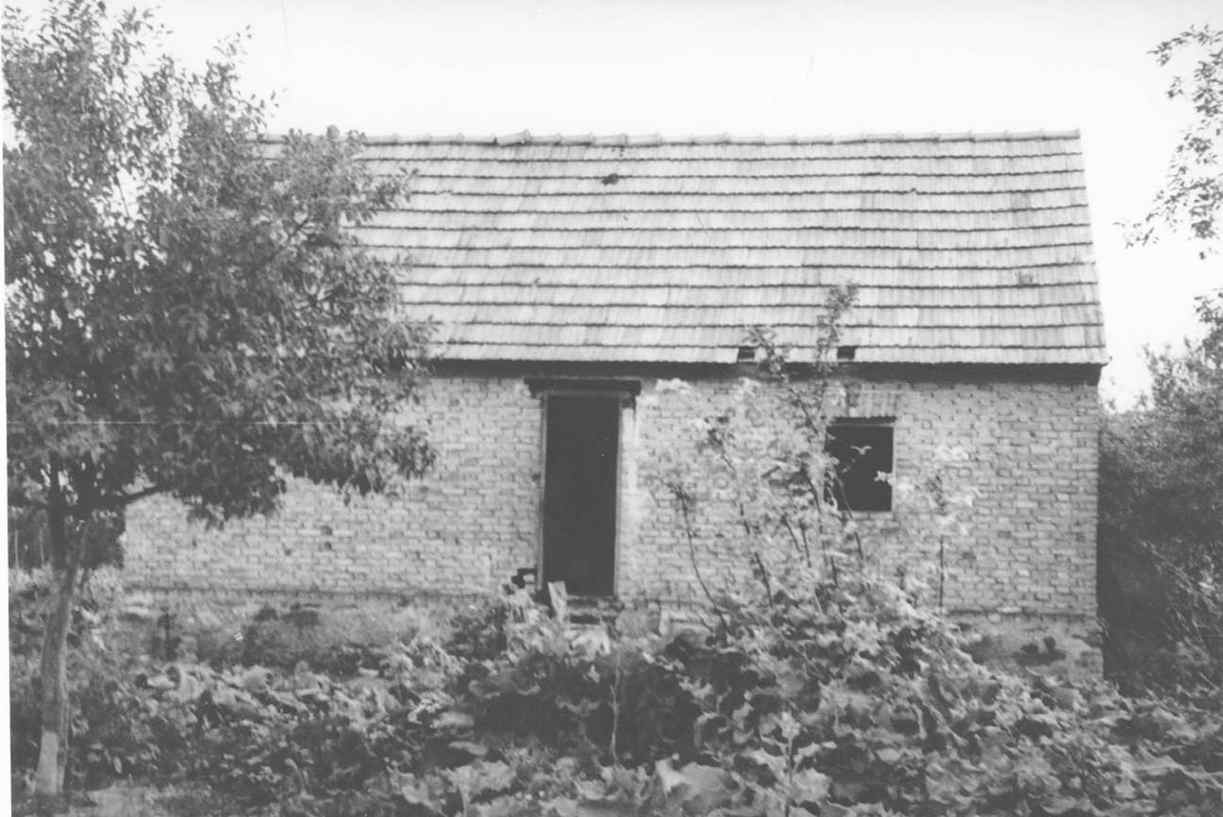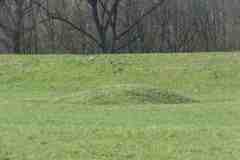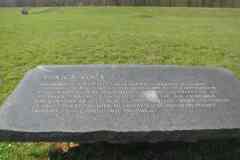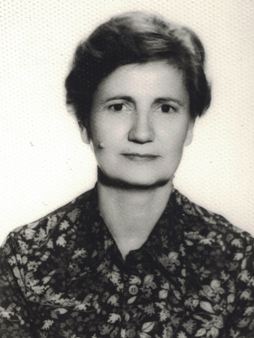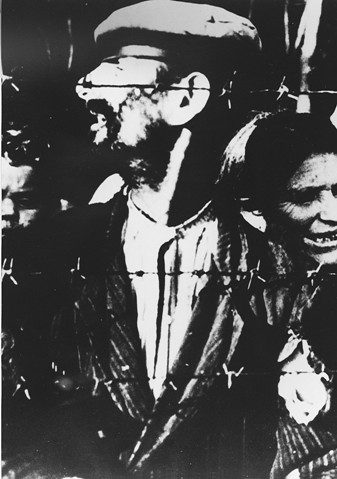One of few houses in Donja Gradina that were not set to fire is the “Vukić’s house”. It stood in the vicinity of the Sava River and the spot where the ferry loaded with detainees used to dock. The house owner was Pero Vukić, born in 1885. He had a two year younger wife Stoja and three children: son Uroš (born 1918), daughter Mara (1925), and daughter Savka (1928). In January 1942, the family fled to Kozara Mountain and Uroš joined the partisans. After the 1942 German-home guard offense in Kozara, the whole family was taken to Bosanska Dubica. Uroš was murdered immediately and the others were taken to Jasenovac concentration camp. The mother and two daughters were killed in Stara Gradiška concentration camp, and Pero was deported from Jasenovac to Zemun concentration camp on August 28, 1942. Trains came from Zemun to Jasenovac with around 5.000 detainees, all of which were transferred to Donja Gradina the same day and killed. According to Doctor Nikola Nikolić, a former detainee who was at the camp from July 1942 to February 1943, Pero Vukić was one of those detainees and he was killed in his home village.The Ustase wire-fenced the house and the yard and used it as an execution spot. The detainees used to wait within the wire fence not knowing that graves were being dug for them and that they were living the last minutes of their lives. According to Simo Kotur and Mihail Mićo Dragaš, former detainees, the yard could place around 400 people and the wire fence was around 2 meters high and reached the house roof. In January 1943, thirty detainees were brought into the house to starve to death. The door and windows were sealed with wooden boards. Around 4.00 p.m. the same day, the detainees led by Radivoje Munjina managed to break out from the house and attack the Ustase. The struggle lasted for five minutes and all the detainees were killed.
Salih Rasulović witnessed the appearance of the “Vukić’s house” and the manner in which the Ustase brought people to scaffold. Having been a detainee, he worked on the house reconstruction in spring 1943. It had two rooms and another room, was built in the back to which they referred as “kitchen room”. In front of the house, they used to tie people’s wrists individually and then wire their elbows in groups of four. Later, the detainees were taken to graves and killed without a single shot having been heard. Doctor Nikolić also mentioned the house and described it as a small ground floor housewith an adobe floor. It had a 4×5 meters room, a hearth, and a “pantry” that was later built. There were several plum trees in the yard and the barbed wire was around it. On April 20, 1947 doctor Nikolić visited the Jasenovac and Donja Gradina and tookphotographs of the “Vukić’s house”. It has been the only photograph ever since. By 1957, the house was demolished due to construction materials, and the wire had been earlier collected by locals in order to make fence for cattle enclosures.
The “Vukić’s house” is located in north-west part of the Memorial Center and it is designated by a tumulus. Next to the tumulus, there is a granite board which reads: „After the whole of Donja Gradina population had been executed and the locals who did not manage to escape or join partisans were killed, it was here in Vukić’s house that the Ustase butchers spent their days killing thousands and thousands of detainees. Donja Gradina, the largest Jasenovac concentration camp location, became a place where the detainees ended their life journey suffering the utmost pain.”
Thirty meters further east, next to another location there is a different granite board that reads: „It was also here, in a reception camp in the vicinity of Vukić’s house that the detainees were brutally tortured. Prior to execution, the Ustase used to place large groups of men, women, children, and the elderly into the wire-fenced enclosure. The butchers exercised the most abysmal torture methods on the detainees.”
